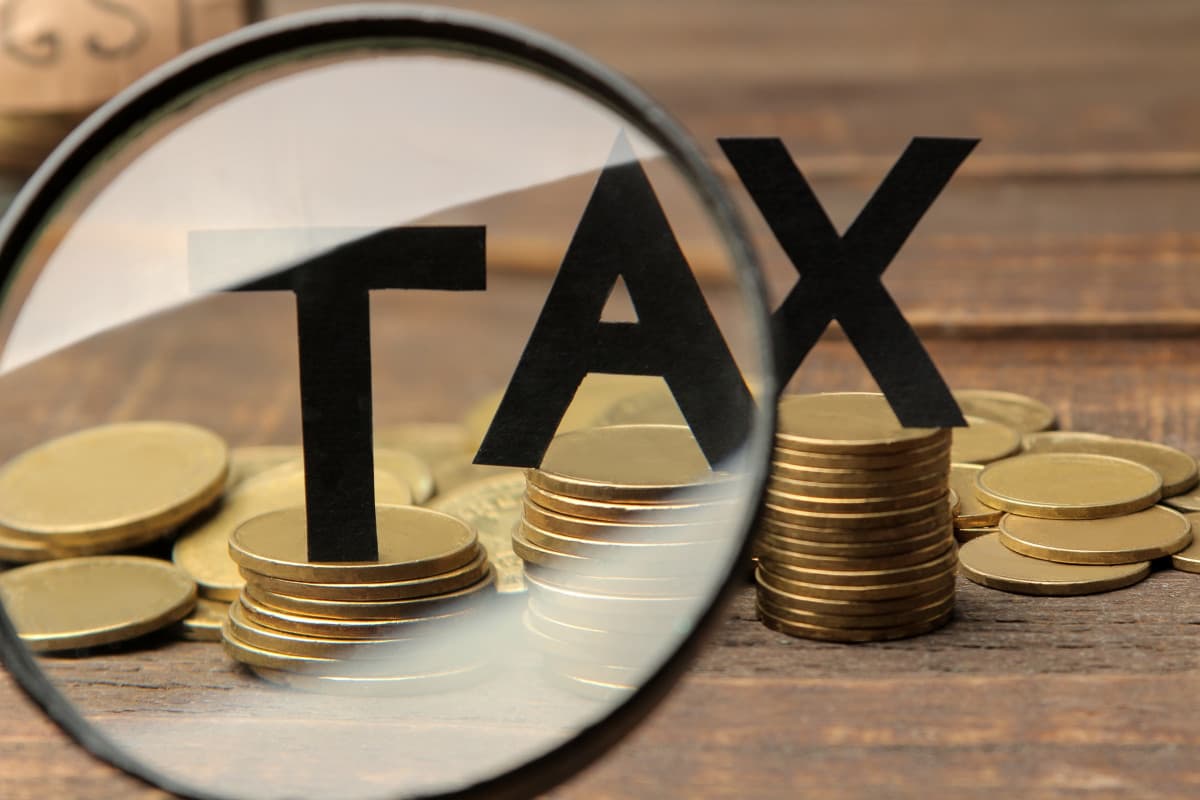Section 80CCD: How Much Deduction Does It Allow For NPS And APY Subscribers
Section 80 CCD is related to tax deductions for NPS and APY subscribers.
Section 80 CCD is related to tax deductions for NPS and APY subscribers.

Pension Income
Section 80CCD of the Income Tax Act, 1961, allows individuals and employers to deduct contributions to the National Pension System (NPS) and the Atal Pension Yojana (APY). In the Union Budget 2024, the government increased the deduction against employers’ contributions to NPS from 10 to 14 per cent of an employee’s basic salary and dearness allowance. This increase applies only to taxpayers opting for the new tax regime under Section 115BAC.
Also Read: How Does Budget 2024 Aim To Plug Loophole In House Rental Tax? Does It Impact Seniors’ Cash Flow?
Advertisement
Section 80CCD has subsections 80CCD (1) and 80CCD (2), which deal with contributions from salaried employees and self-employed individuals to NPS and employers’ contributions towards NPS. Under the new tax regime, only specific exemptions and deductions are allowed.
Advertisement
Section 80CCD (1) outlines the deductions available to taxpayers aged 18 to 70, regardless of whether they are government or corporate employees, or self-employed. It allows a maximum deduction of 10 per centfrom a salaried employee.For self-employed, it is 20 per cent of theirgross total income. However, the maximum deduction limit is Rs 1.5 lakh in a financial year.
Section 80CCD(1B) provides an extra deduction of up to Rs 50,000 for contributions to NPS, provided they opt for the old tax regime. The combined deductions under Sections 80C, 80CCC, and 80CCD(1) is Rs 1.5 lakhand Rs 50,000 under Section 80CCD(1B), totalling Rs 2 lakh.
Section 80CCD(2) allows a deduction on an employer’s contribution to NPS, which can be equal to or higher than the employee’s contribution. This deduction is applicable to salaried individuals and can be availed over and above those of Section 80CCD(1). Central or state government employers can claim a deduction of up to 14 per cent of an employee’s salary; other employers can now also claim a maximum deduction of 14 per cent, up from 10 per cent.
NPS is a government-backed pension scheme for Indian citizens. Initially intended for government employees, it was later opened for the private sector and self-employed individuals. NPS aims to help individuals create a retirement corpus and receive a fixed monthly pension. It is mandatory for central government employees and voluntary for others. Tax deductions are subject to contributions and investment ceiling. The scheme offers various investment options, allows partial withdrawals, and offers a lump-sum payout of up to 60 per cent of the fund at 60.
Also Read: ITR Filing: When Do You Need To File Form 10-IEA? Know Steps To Fill The Form
The APY is also a retirement-oriented government scheme that provides a monthly pension after retirement. It is open to investors aged 18-40. Premature withdrawals are allowed, and the pension amount ranges from Rs 1,000 to Rs 5,000 per month. APY offers tax deductions up to Rs 1.5 lakh, and an additional Rs 50,000 like NPS.Upon death, the spouse receives the pension. Self-employed individuals can claim a deduction of up to Rs 1.5 lakh for APY investments.
Advertisement
Tax evasion differs from tax avoidance, and taxpayers should know the difference to avoid unknowingly committing tax fraud. Learn more.
An inherited property is not subjected to tax at the time of inheritance, but it is taxable during sale under the Indian Succession Act 1925.
The Income-tax Act of 1961 offers tax benefits to senior and super senior citizens under certain conditions. Read on to learn more about them.
Get all the latest stories delivered to your inbox
Advertisement
Get all the latest stories delivered to your inbox